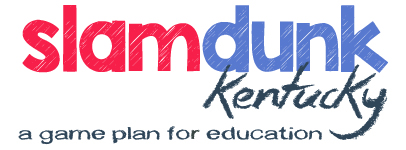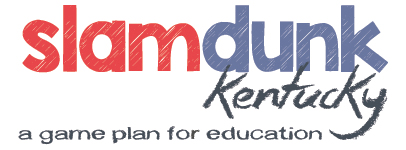Written by: Dana Lee Thomas
Elementary Instructional Coach in the Marion County Public Schools District
June 14, 2018
Four years ago I left the comfort of my fifth grade classroom to pursue the role of an instructional coach. In the beginning I had no idea what this job entailed. My acceptance of this new position meant that I would leave the classroom which I had become accustomed to for over seventeen years. I had developed a great passion for reading and writing instruction. Fortunately my district employed content and grade specific coaches. I was chosen to work with grades 3-5 in the area of ELA. I was both excited and nervous about this hybrid role in my district.
Webster’s dictionary defines hybrid as a person whose background is a blend of two diverse cultures or traditions. How was I a “blend of two diverse cultures” as a teacher? Well, you see, I have always felt that my passion for education extended beyond the four walls of my classroom. Perhaps I was the teacher who sent colleagues an email about a new, exciting instructional strategy. Just maybe, I discussed a cool strategy at the lunchroom table among other teachers. And yes, I did volunteer to present to the school staff after attending an inspiring professional learning session. According to my administrators, I was a leader both inside and outside of the classroom. Simply put, I loved working with both teachers and students; hence my transition into the role of an instructional coach.
The first year of coaching was a challenge to say the least. I was returning to my hometown and working with former colleagues. Building relationships and earning their trust was top priority. I had to prove that “yes” I could actually teach and that I was not serving in the role of an administrator, but rather as a partner in the classroom.
During my first year as an instructional coach, my district provided me with a multitude of professional learning. The instructional coaches attended a Cognitive Coaching Institute, Leadership Lab 2-Day Intensive hosted by Robyn Jackson, and a 4-day Coaching Cadre. The professional learning certainly did not stop there. More recently, we attended the Teaching & Learning Conference, which featured master instructional coach, Jim Knight. Lastly, our team of coaches continued to learn and grow through book studies that included Drive, by Daniel H. Pink, Never Underestimate Your Teachers, by Robyn Jackson, Visible Learning for Literacy by John Hattie, and Who’s Doing the Work? by Jan Burkins and Kim Yaris. Professional learning and growth was proving to be a true priority in my district.
After all of these experiences one might ask, what does the day in the life of an instructional coach look like? I work with thirty-two teachers among four elementary schools. Trust me, there is never a boring day. I have said numerous times that I get the best of both worlds. I get to work with both teachers and students on a daily basis. I do not evaluate teachers or sit and analyze data all day. In contrast, my teachers and I work together. We disaggregate data together and at times even plan lessons together.
Another aspect of my typical day may encompass numerous live scorings feedback sessions. This is a set protocol in my district in which students receive instant one-on-one feedback upon the completion of a writing task. Yet, another professional learning opportunity provided by my district was to study the work of John Hattie; hence our emphasis on feedback.
At times, as an instructional coach, I work with both teachers and administrators in professional learning communities. We examine data and I provide resources and instructional strategies that may be beneficial to help drive instruction. In addition, I present professional learning sessions for teachers throughout the year. These learning sessions highlight high yield, high impact strategies such as close reading, guided reading, on demand writing and even revisions to our district pacing guides or common assessments. Continuous growth requires continuous professional learning.
With continuous growth being a necessity for teachers, how can Kentucky teachers continue to grow with crucial cuts to our state budget? The answer is hybrid roles, like instructional coaches. Teachers need support and professional learning. Instructional coaches and school specialists can help burden some of these cuts. By collaborating, co-planning and acting as a district liaison, coaches can assist in growing both teachers and students.
Stepping into the role of an instructional coach has been a true learning experience for me. The wealth of knowledge and professional growth that has occurred for me over the past three years has only driven my passion for teaching and learning. Even more, I know that if I stepped back into the regular classroom tomorrow, I will be a better teacher. Yes, I can teach, but I now know that I’m a better teacher because of my district collaborations with some quality educators.

Dana Lee Thomas is an elementary instructional coach in the Marion County Public Schools District. She has a great passion for teaching and learning, especially in elevating new and preservice teachers. Dana earned her Bachelors of Science and Masters of Arts in Elementary Education at Campbellsville University. She is a National Board Certified Teacher and current Kentucky Hope Street Teacher Fellow. Her twitter page: https://twitter.com/dleethomas975
A must read from educator @dleethomas975 - Part II of Hybrid roles among KY teachers Click To Tweet

Follow Us!